Durability of surface 4 low-e coatings?
Oaktown
10 years ago
Featured Answer
Sort by:Oldest
Comments (18)
HomeSealed
10 years agoOaktown
10 years agoRelated Professionals
Bloomington Window Contractors · Compton Window Contractors · Decatur Window Contractors · Mokena Window Contractors · Phelan Window Contractors · Wilmington Window Contractors · Greatwood Window Contractors · Alhambra General Contractors · Clarksville General Contractors · Country Walk General Contractors · ‘Ewa Beach General Contractors · Vincennes General Contractors · Williston General Contractors · St. Johns Carpenters · Westmont Carpentersmillworkman
10 years agoOaktown
10 years agoJumpilotmdm
10 years agomillworkman
10 years agoWindows on Washington Ltd
10 years agoOaktown
10 years agoWindows on Washington Ltd
10 years agoKarateguy
10 years agomillworkman
10 years agoWindows on Washington Ltd
10 years agooberon476
10 years agoOaktown
10 years agoWindows on Washington Ltd
10 years agooberon476
10 years agoTrapper1
10 years ago
Related Stories
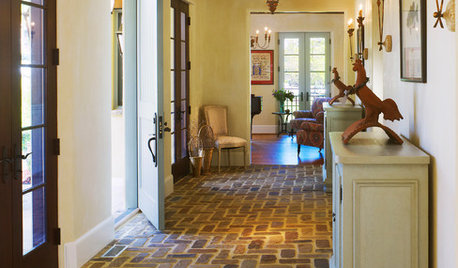
FEEL-GOOD HOMEEmbrace a Few Beautifully Weathered Surfaces for a Happy, Durable Home
You don’t need to worry so much about scuff marks and dings when you accept the character and beauty of wear
Full Story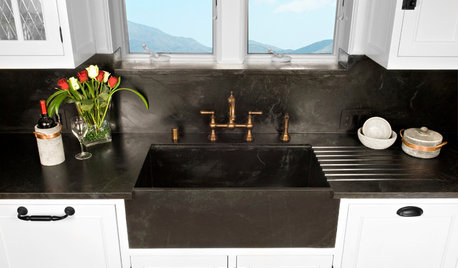
KITCHEN DESIGNKitchen Sinks: Soapstone for Germ-Free Beauty and Durability
Stains and bacteria? Not on soapstone's watch. But this sink material's benefits don't come cheap.
Full Story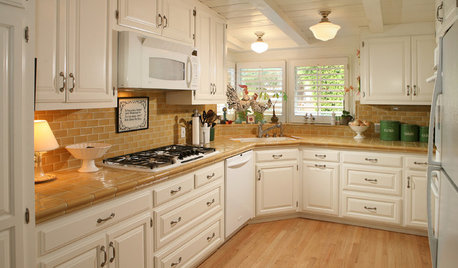
KITCHEN COUNTERTOPSKitchen Counters: Tile, the Choice for Affordable Durability
DIYers and budget-minded remodelers often look to this countertop material, which can last for decades with the right maintenance
Full Story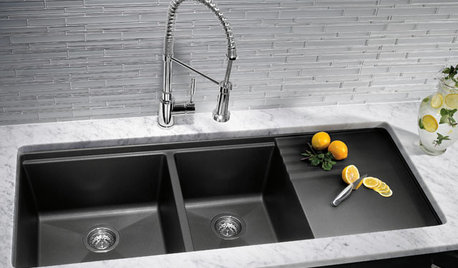
KITCHEN DESIGNKitchen Sinks: Granite Composite Offers Superior Durability
It beats out quartz composite for strength and scratch resistance. Could this kitchen sink material be right for you?
Full Story
RUSTIC STYLEBrick Floors: Could This Durable Material Work for Your House?
You love the old-world look, but will you like the feel of it underfoot? Learn the pros and cons of interior brick flooring
Full Story
KITCHEN DESIGNKitchen Counters: Durable, Easy-Clean Soapstone
Give bacteria the boot and say sayonara to stains with this long-lasting material that's a great choice for kitchen and bath countertops
Full Story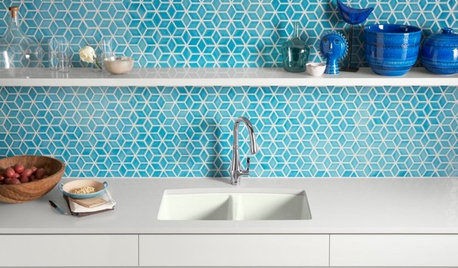
KITCHEN DESIGNKitchen Sinks: Enameled Cast Iron for Attractive Durability
Strong, shiny and sustainable, an enameled cast iron sink can bring character to your kitchen
Full Story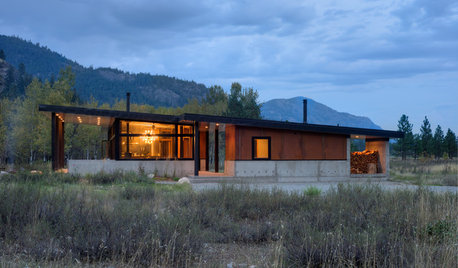
MODERN HOMESHouzz Tour: A Base Camp Designed for Adventure, Durability and Style
Rugged materials join refined good looks and clever details in a Washington family’s all-year getaway
Full Story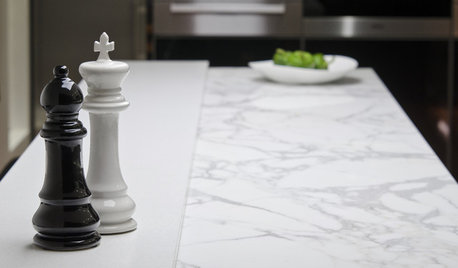
KITCHEN COUNTERTOPSKitchen Counters: High-Tech Solid Surfaces Make Maintenance Easy
Sculpted by heat and nonporous by nature, solid-surface countertops bring imagination and low maintenance to the kitchen
Full Story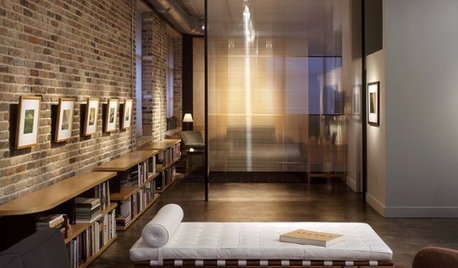
MATERIALSMaterials Workshop: Polycarbonate — a Low-Cost Alternative to Glass
Looking for something lighter, stronger and less expensive than glass? Multiwall polycarbonate may be a good option
Full StorySponsored
Central Ohio's Trusted Home Remodeler Specializing in Kitchens & Baths
More Discussions







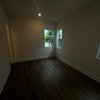
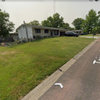
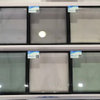
mmarse1